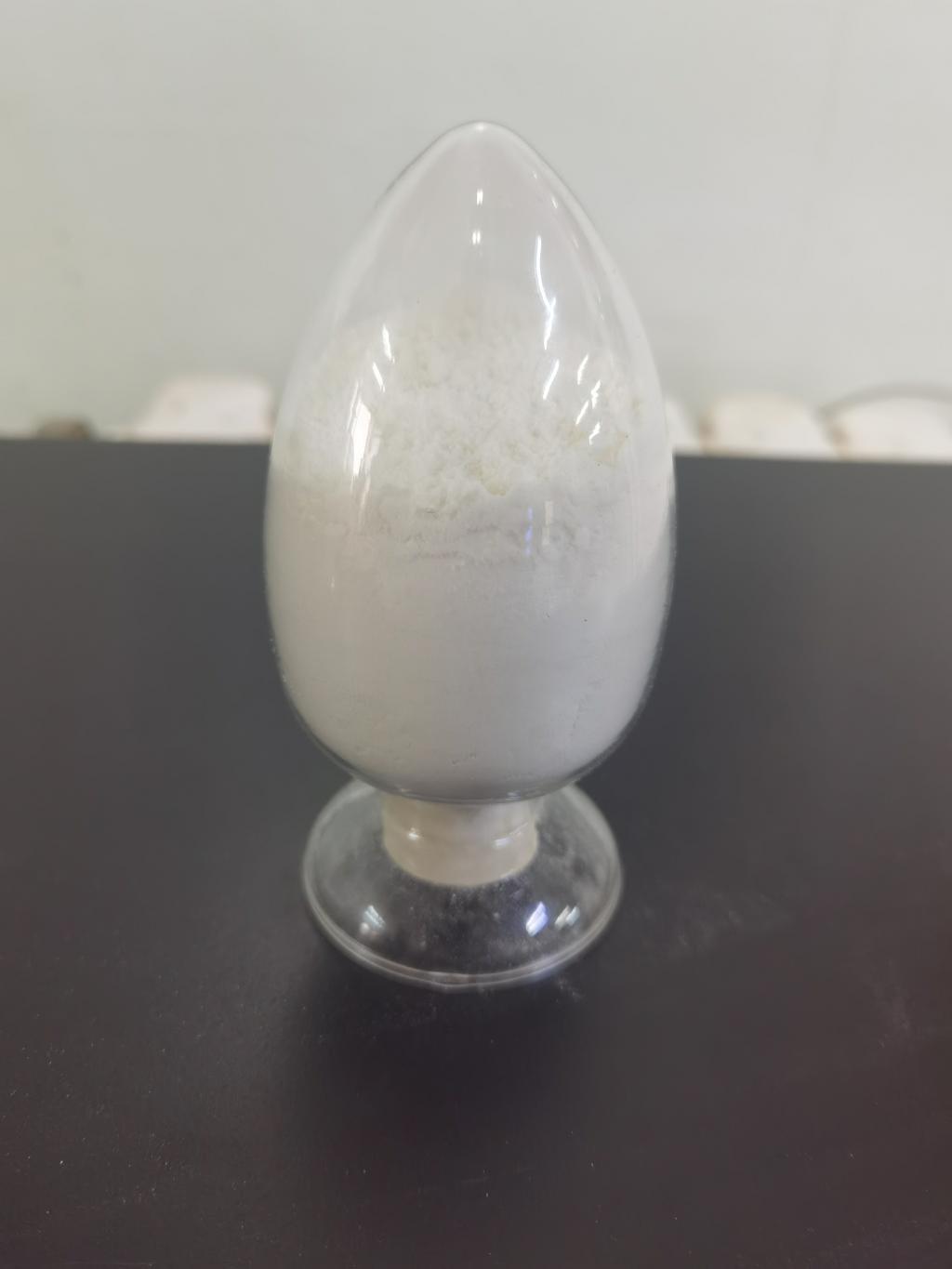Tel:+8618231198596

News
 CONTACT
CONTACT
 CONTACT
CONTACT
- Linkman:Linda Yao
- Tel: +8618231198596
- Email:linda.yao@dcpharma.cn
- Linkman:CHARLES.WANG
- Department:Overseas
- Tel: 0086 0311-85537378 0086 0311-85539701
News
Incorporating ε-Polylysine hydrochloride into hygiene products.
TIME:2024-04-01
Understanding ε-Polylysine Hydrochloride:
ε-Polylysine hydrochloride is a cationic polypeptide derived from Streptomyces albulus, consisting of multiple lysine residues linked by peptide bonds. It exhibits broad-spectrum antimicrobial activity against bacteria and fungi, making it an effective agent for microbial control. Moreover, ε-polylysine hydrochloride's stability under various environmental conditions makes it suitable for incorporation into hygiene products designed for long-lasting protection.
Importance of Microbial Protection in Hygiene Products:
Hygiene products, such as hand sanitizers, soaps, and surface disinfectants, play a critical role in preventing the transmission of pathogens and reducing the risk of infections. However, conventional antimicrobial agents may provide only temporary protection, requiring frequent reapplication to maintain effectiveness. ε-Polylysine hydrochloride offers a solution by imparting prolonged microbial protection, thus enhancing the efficacy and reliability of hygiene products.
Incorporating ε-Polylysine Hydrochloride into Hand Sanitizers:
Hand sanitizers are indispensable for maintaining hand hygiene, especially in settings where access to soap and water is limited. By incorporating ε-polylysine hydrochloride into hand sanitizers, manufacturers can enhance their antimicrobial efficacy and prolong their protective effects. ε-Polylysine hydrochloride acts by disrupting the cell membranes of bacteria and fungi, thereby inhibiting their growth and reducing the risk of contamination.
Enhancing Soap Formulations with ε-Polylysine Hydrochloride:
Soaps are fundamental hygiene products used for cleansing the skin and removing dirt, oil, and microbes. By incorporating ε-polylysine hydrochloride into soap formulations, manufacturers can augment their antimicrobial properties and provide prolonged protection against harmful bacteria and fungi. Moreover, ε-polylysine hydrochloride's stability ensures consistent performance even under conditions of repeated use.
Surface Disinfectants with Prolonged Action:
Surface disinfectants are essential for sanitizing high-touch surfaces in homes, hospitals, and public spaces. By incorporating ε-polylysine hydrochloride into disinfectant formulations, manufacturers can create products that offer prolonged protection against microbial contamination. Whether used on countertops, doorknobs, or medical equipment, ε-polylysine hydrochloride helps maintain a hygienic environment by preventing the growth and spread of pathogens.
Mechanisms of Prolonged Protection:
The prolonged microbial protection afforded by ε-polylysine hydrochloride is attributed to its unique mode of action. Unlike some antimicrobial agents that may lose efficacy over time or with repeated use, ε-polylysine hydrochloride remains stable and active, continuously disrupting the cell membranes of target microorganisms. This sustained antimicrobial activity ensures prolonged protection against harmful bacteria and fungi, even in high-traffic or high-risk environments.
Regulatory Considerations and Consumer Safety:
Before incorporating ε-polylysine hydrochloride into hygiene products, manufacturers must ensure compliance with regulatory standards and guidelines for antimicrobial agents. Regulatory agencies, such as the United States Environmental Protection Agency (EPA) and the European Chemicals Agency (ECHA), evaluate the safety and efficacy of antimicrobial ingredients through rigorous testing and assessment processes. Moreover, consumer safety and satisfaction are paramount, necessitating transparency in product labeling and communication of benefits.
Future Directions and Innovations:
As research on ε-polylysine hydrochloride continues to advance, there are opportunities for further innovation and optimization in hygiene product formulations. Future studies may explore novel delivery systems, synergistic combinations with other antimicrobial agents, and applications in emerging hygiene products. Additionally, interdisciplinary collaborations between researchers, manufacturers, and regulatory agencies will drive the development of safe, effective, and sustainable hygiene solutions.
Conclusion:
Incorporating ε-polylysine hydrochloride into hygiene products offers a promising approach to ensuring prolonged protection against harmful microbes. Its potent antimicrobial properties, coupled with stability under various environmental conditions, make it an invaluable ingredient for hand sanitizers, soaps, surface disinfectants, and other hygiene products. By harnessing the power of ε-polylysine hydrochloride, manufacturers can enhance the efficacy, reliability, and safety of hygiene products, thereby promoting public health and well-being.
- Tel:+8618231198596
- Whatsapp:18231198596
- Chat With Skype







